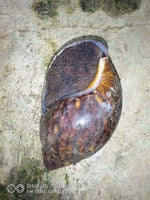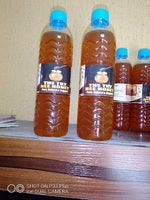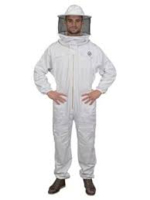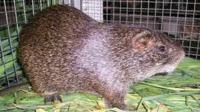Post by Ismail AbdulAzeez on Jun 17, 2017 19:05:08 GMT 1
The meat production per mother animal is higher than in a herbivorous animals, due to the high rate of reproduction.
Adult weight is achieved in a 30% shorter time than in other meat production.
Rabbit meat is easily digestible.
The rabbit is very adaptable to different feeding and holding conditions.
Rabbit makes no noise that could bother neighbours (as does the chicken for instance).
Rabbit produces relatively little odour.
Rabbit is the smallest meat animal producing animal protein from roughage.
Rabbit provides an income usually above that of alternative possibilities.
The dropping and urine is used as manure.
Rabbits are very prolific with gestation period of 31 days arm average of 6 kittens per litter and about 5-6 litters a year.
Negative Aspects of Rabbit Production
The rabbit is totally-dependent upon man for feed and care, The demands on technical knowledge and careful attention are higher than for pasture animals or range - bred poultry. Rabbit needs a cage or hutch that allows for the single holding of breeding animals and wool producer.
Rabbit is especially endangered by human or animal predators due to the almost' total lack of a loud reaction to threatening situations, and because of being caged in.
The susceptibility, particularly of the young, is relatively high to diseases of the digestive system caused by poor feeding or infection.
High temperature, 30°c limit or reduce productivity in relation to reproduction and weight gain.
The young are born naked, blind and helpless and are dependent on milk for the first 5 weeks. External help for milk feeding may be required at this period.
Adult weight is achieved in a 30% shorter time than in other meat production.
Rabbit meat is easily digestible.
The rabbit is very adaptable to different feeding and holding conditions.
Rabbit makes no noise that could bother neighbours (as does the chicken for instance).
Rabbit produces relatively little odour.
Rabbit is the smallest meat animal producing animal protein from roughage.
Rabbit provides an income usually above that of alternative possibilities.
The dropping and urine is used as manure.
Rabbits are very prolific with gestation period of 31 days arm average of 6 kittens per litter and about 5-6 litters a year.
Negative Aspects of Rabbit Production
The rabbit is totally-dependent upon man for feed and care, The demands on technical knowledge and careful attention are higher than for pasture animals or range - bred poultry. Rabbit needs a cage or hutch that allows for the single holding of breeding animals and wool producer.
Rabbit is especially endangered by human or animal predators due to the almost' total lack of a loud reaction to threatening situations, and because of being caged in.
The susceptibility, particularly of the young, is relatively high to diseases of the digestive system caused by poor feeding or infection.
High temperature, 30°c limit or reduce productivity in relation to reproduction and weight gain.
The young are born naked, blind and helpless and are dependent on milk for the first 5 weeks. External help for milk feeding may be required at this period.












